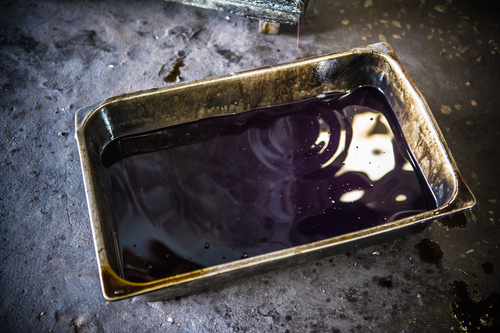Until recently, I had no idea that fuels could be considered “old.” Old fuels can wreak havoc on an engine. There are even organisms that can grow in diesel fuel! Thanks to a recent training presentation, I am now better informed and I had to pass along the information to you.

Fuel Performance
Some generators are located at a lift or booster station and remain forgotten until they are needed. Typically you might wonder if you have enough fuel in the generator for it to run during an emergency.
However, there are other items of concern that affect the performance of the fuel, such as:
- Water condensation and infiltration (for underground tanks)
- Sand, dust and other particulates (inorganic debris)
- Breakdown products such as wax and asphalt (organic debris)
- Microbial growth
- Bio-diesel content of the fuel
- Temperature fluctuations (this is the Midwest after all)
- Length of time the fuel has been in the tank
Over time fuels naturally break down. When the engine runs, unused fuel is returned to the tank and produces sludge or particulates in the bottom of the tank. This is typically referred to as algae, gum, varnish or wax. These materials will clog engine filters and strain the engine by producing excess smoke and decrease the fuel combustion. If water is in the tank, microbes will grow and accelerate fuel degradation.
Additionally, the higher the bio-diesel content of the full, the faster the fuel degrades.
In ideal storage conditions, diesel fuel typically has a shelf-life of six months. Many of you, however, won't be storing your fuel in ideal conditions, but outside in the cold and heat. These types of conditions will start degrading the fuel at 60 to 90 days after delivery.
Planning for Emergencies
Murphy's Law tells us that anything that can go wrong, will go wrong.
Fuel degradation can cause premature shutdowns of critical system generators in an emergency situation.
In an emergency, what do you do when you discover your fuel has gone bad? Install a new filter? Pump out the bad fuel and fill the tank back up? That can get tedious and expensive. If you don’t have a Fuel Maintenance Program, you might want to determine if you need one or if it would be beneficial.
A Fuel Maintenance Program should include a regular schedule of removing water and microbes, filtering sediments, polishing, and sampling the fuel and visually examining it for haziness or sediments. These programs are expected to extend the life of the fuel.
You could also investigate using fuel stabilizers, detergents, biocides, or any number of other additives to extend the life of the fuel.
Sources for standards related to diesel fuel stability and generators:
ASTM Standard D975 for Standard Specification for Diesel Fuel Oils.
NFPA 110 Standard for Emergency Power and Standby Power Systems
Tags

